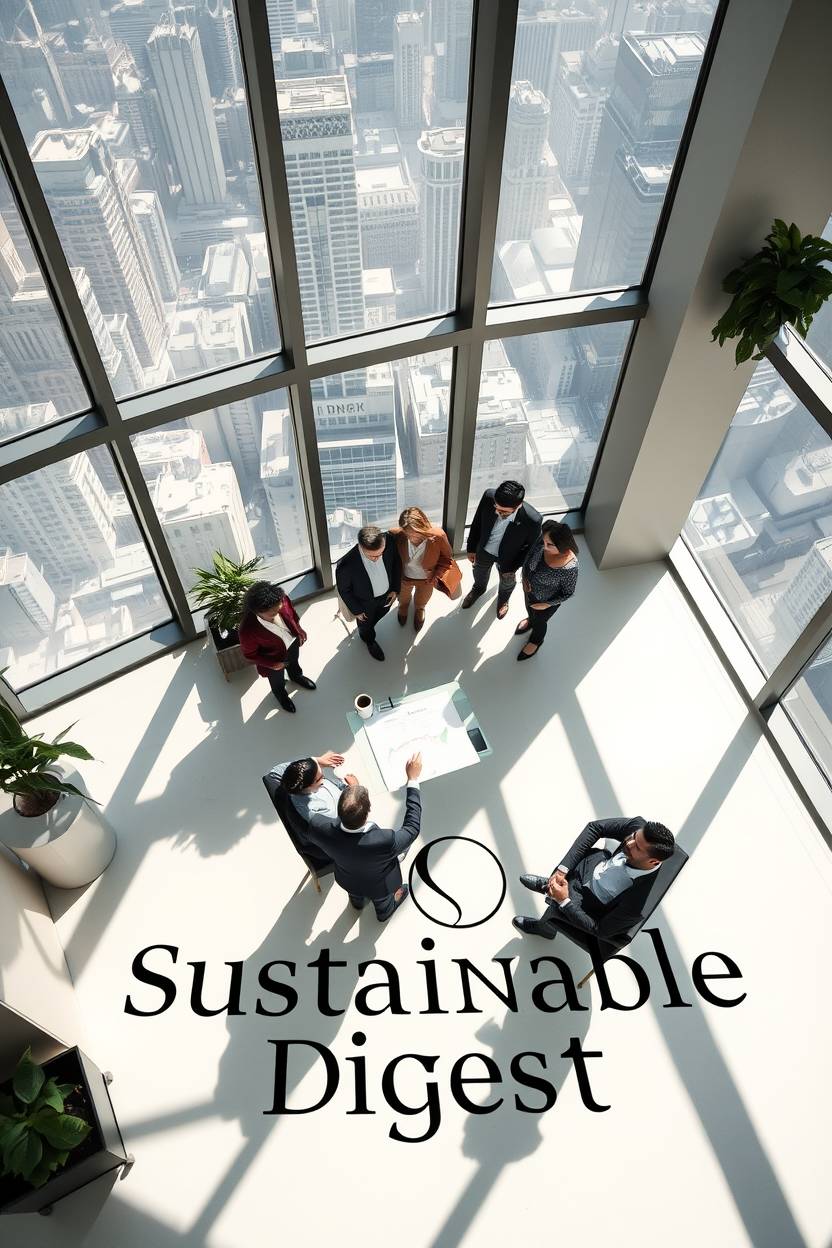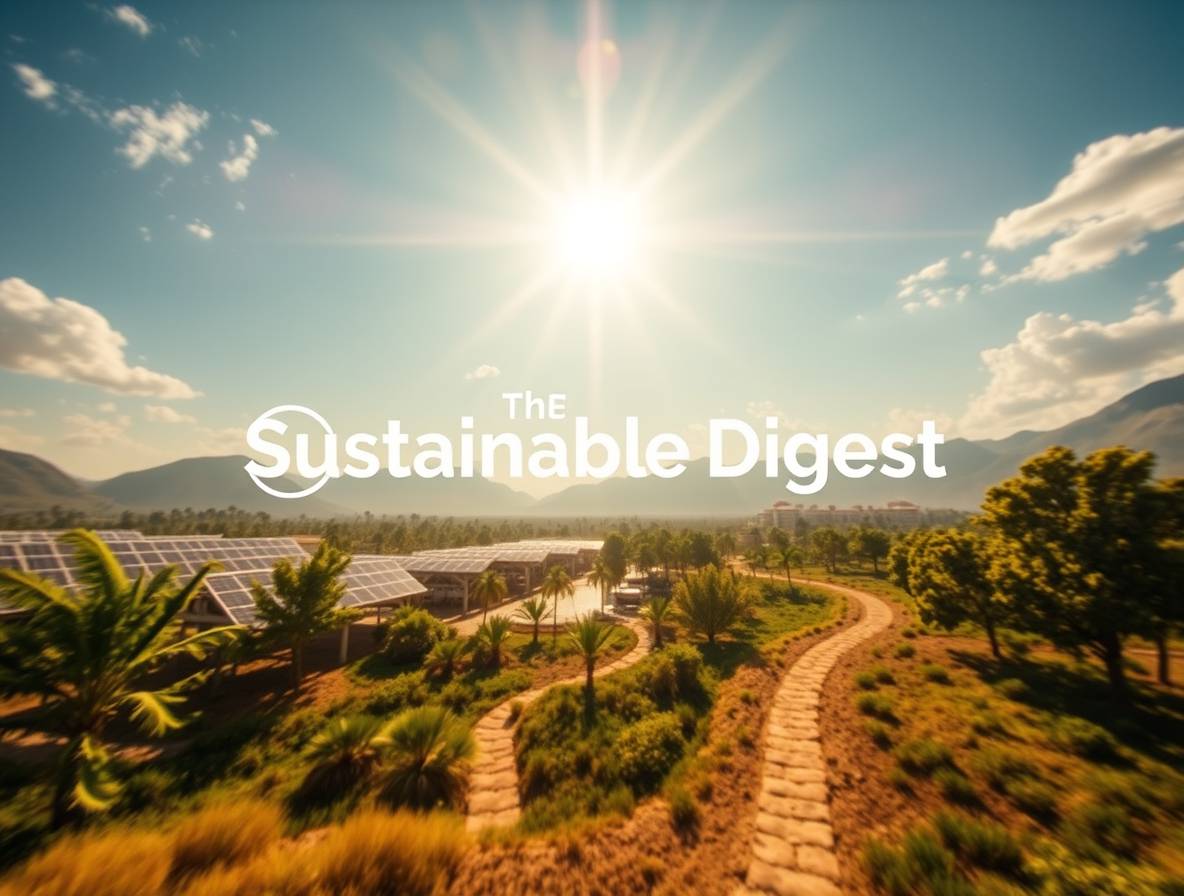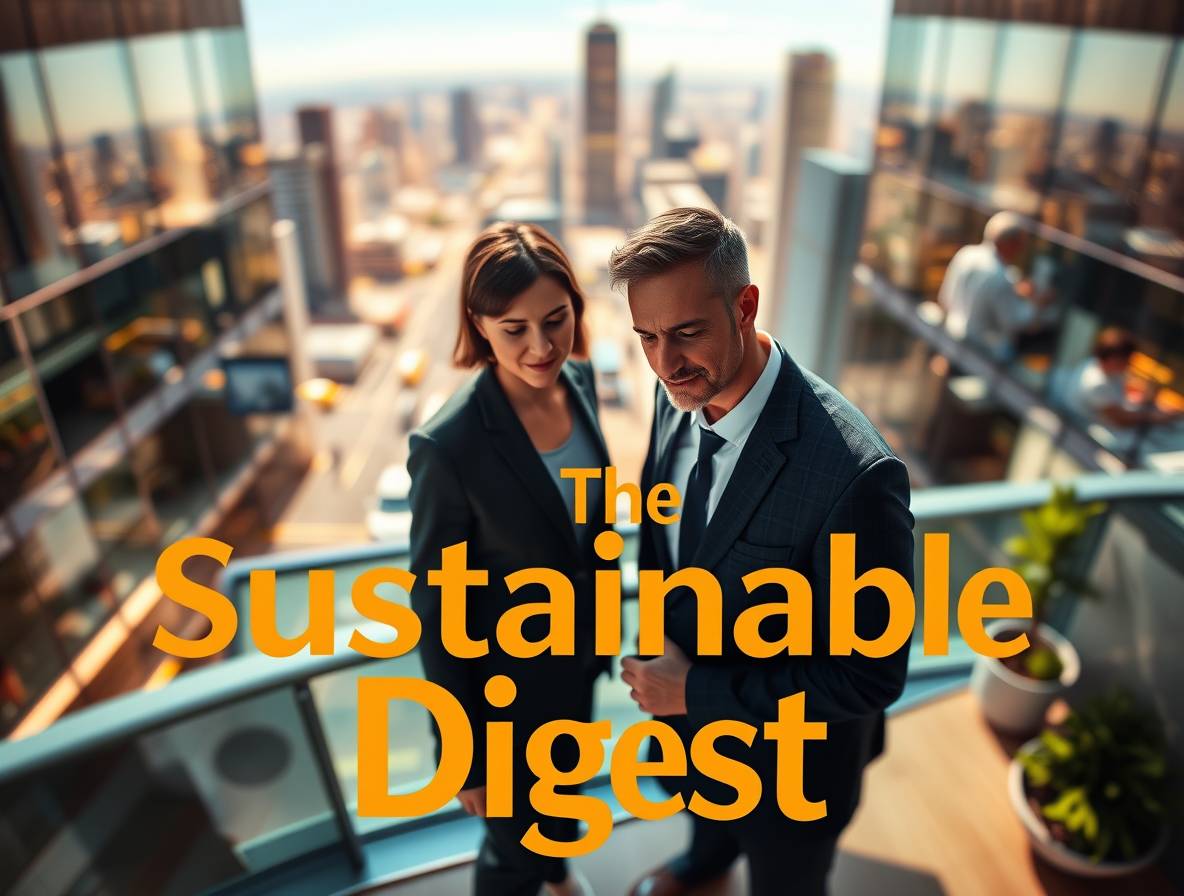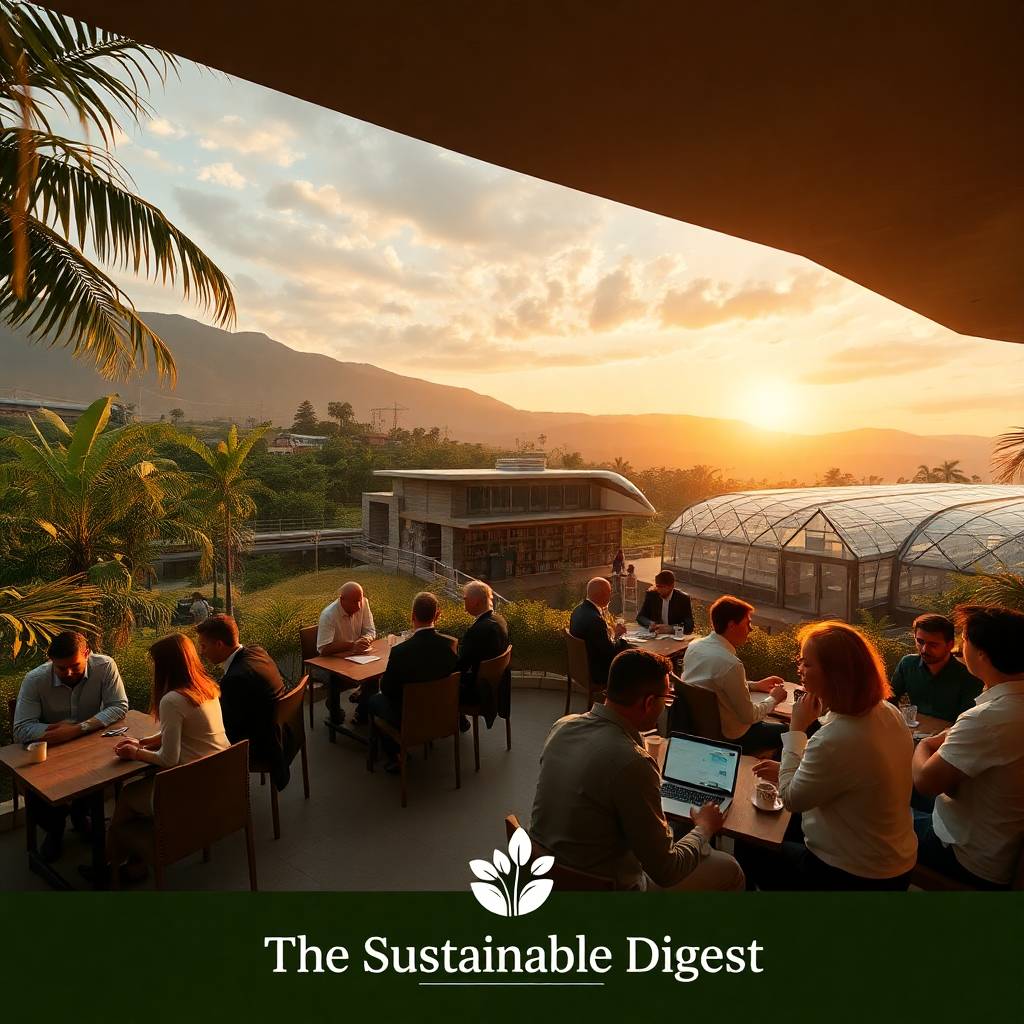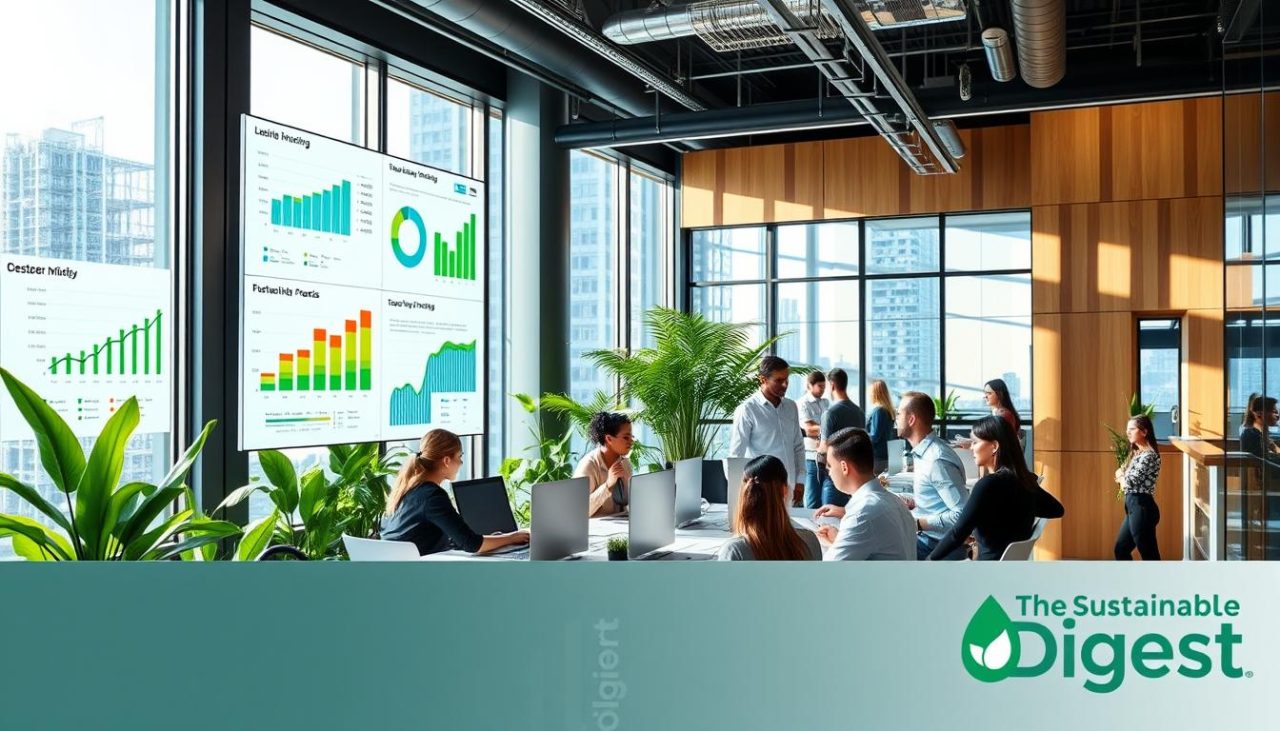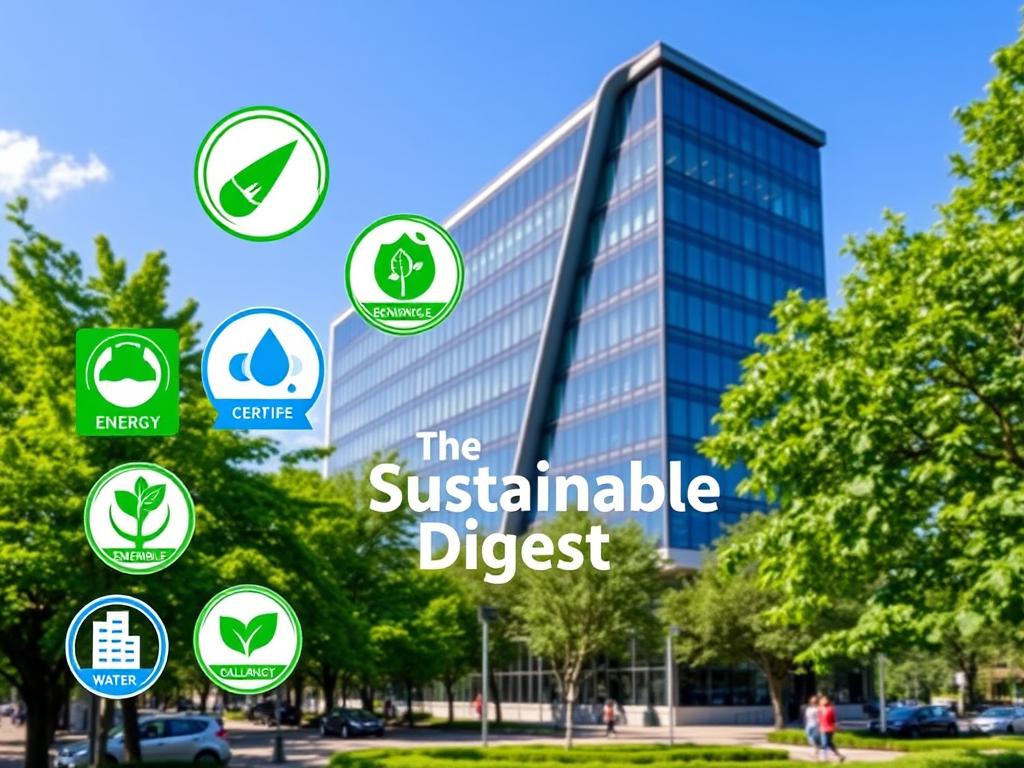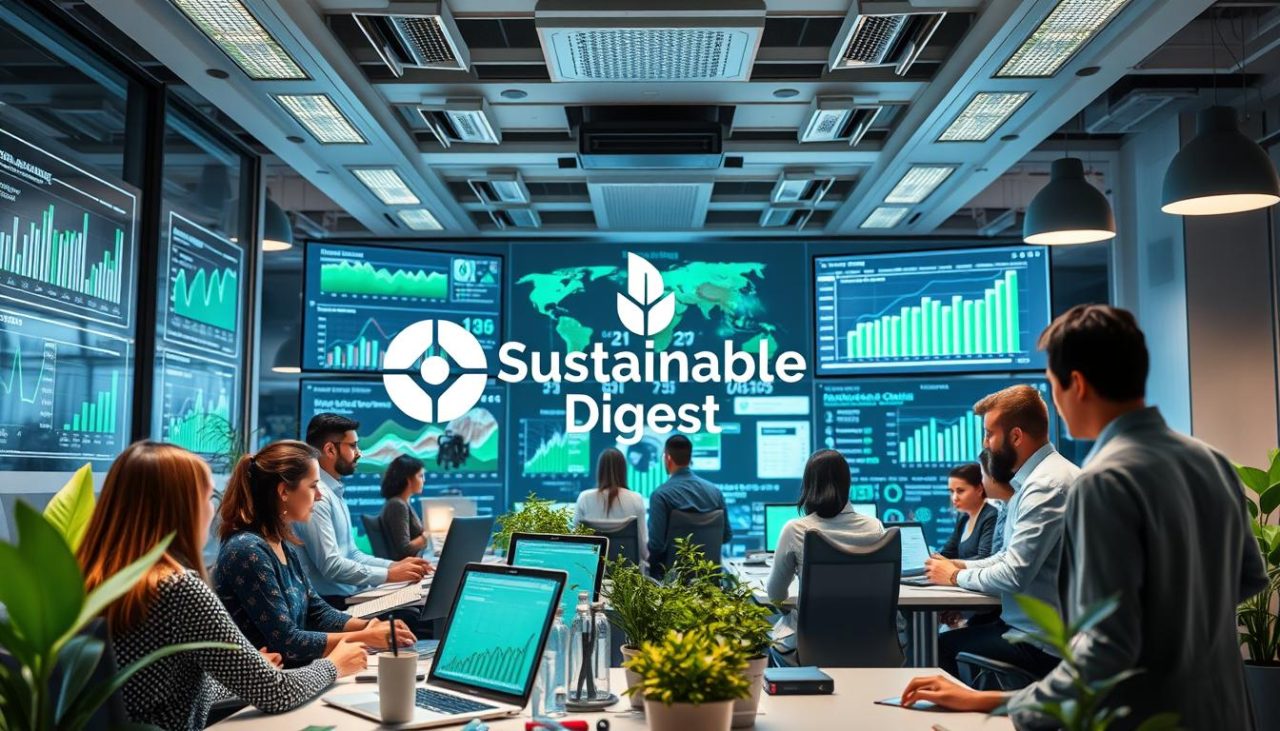
Every year, late May marks two important days. They are also unique correlated for sustainable development. These days remind us of our shared duties. They focus on taking care of our planet and working together.
On May 21st and 22nd, we work towards the Sustainable Development Goals (SDGs). Governments, groups, and people join hands. They focus on green policies and fairness for all. Climate action plans and cross-border partnerships are key, showing we’re making a difference.
These days also highlight the importance of keeping our cultures alive. We focus on preserving indigenous knowledge and protecting nature. This way, local communities help the world stay healthy and keep their traditions safe.

The Significance of May 21st in Global Sustainability
May 21st is an opportune day for advancing overall sustainable development. It connects two important UN events. These events focus on sustainable farming and preserving culture, helping communities around the world.
International Tea Day: Cultivating Sustainable Agriculture
The UN started International Tea Day in 2019. It tackles big problems in tea farming, one of the oldest farming industries. About 13 million people work in tea farming worldwide, with small farmers growing 60% of the tea.
Economic Impacts on Tea-Producing Nations
In Sri Lanka, tea is a big part of the economy, making up 12% of exports. Prices can change a lot, sometimes up to 40% in a year. The FAO’s Global Tea Market Initiative helps by:
- Using digital auctions to make trade smoother
- Helping farmers get fair prices through Fairtrade
- Protecting small farms from climate risks
Environmental Challenges in Tea Cultivation
Tea farms often grow only one type of plant, harming the soil in 34% of major areas. Pesticides pollute 28% of waters near tea farms. But, new farming methods are helping:
| Practice | Yield Impact | Carbon Reduction |
|---|---|---|
| Agroforestry | +15% | 2.1 tCO2/ha |
| Compost Tea | +8% | 0.7 tCO2/ha |
| Intercropping | +12% | 1.4 tCO2/ha |
FAO’s Role in Promoting Responsible Practices
The Food and Agriculture Organization has a plan to make 50% of tea farming climate-friendly by 2030. They’ve had some big wins:
- Trained 120,000 Kenyan farmers to save water
- Created tea that can grow in dry conditions in India
- Started using blockchain to track tea
World Day for Cultural Diversity for Dialogue and Development
This day helps meet SDG 11’s goal for safe, inclusive cities. Cities that focus on culture see 23% better social connections.
Linking Cultural Preservation to SDG 11
Barcelona’s Creative City of Literature shows how culture and sustainability work together. The city’s efforts have:
- Improved 14 historic areas
- Created 8,000 jobs in the creative industry
- Boosted tourist spending by €290 million a year
UNESCO’s Creative Cities Network Initiative
The network has 246 cities working together. It uses culture to boost the economy. Cities in the network see:
- 18% faster growth in creative fields
- 35% more investment in cultural projects
- 12% less inequality in cities
“Cultural diversity is as essential to sustainable development as biodiversity is to ecosystems.”
UNESCO Director-General Audrey Azoulay
International Natura 2000 Day: Europe’s Conservation Cornerstone

Every May 21st, Europe celebrates International Natura 2000 Day. This day marks the largest network of protected areas in 27 countries. It covers 18% of EU land and 8% of marine territory, thanks to science-based conservation.
The Legal Framework: Birds & Habitats Directives
Europe’s nature protection system is built on two vital laws. These directives set rules for member states but also offer flexibility.
Key Provisions of the 1979 Birds Directive
The Birds Directive (1979) protects over 500 migratory bird species. It bans harming or destroying nests and requires Special Protection Areas for endangered birds. This has helped the White-tailed Eagle recover from 150 to 3,000 pairs.
1992 Habitats Directive Implementation Challenges
The Habitats Directive (1992) added 1,400 plant/animal species to the protected list. However, initial compliance was under 50%. Challenges included balancing conservation with economic needs, securing funding, and managing transboundary habitats.
- Balancing economic development with conservation
- Securing long-term funding for site management
- Coordinating transboundary habitat corridors
| Directive | Protected Species | Key Innovation |
|---|---|---|
| Birds (1979) | 500+ avian species | Cross-border migration protections |
| Habitats (1992) | 1,400+ terrestrial/marine species | Natura 2000 network creation |
Case Study: Natura 2000 in Austria
Austria has 338 Natura 2000 sites, showing creative ways to protect the environment. The country has 92% public awareness thanks to engaging programs.
Alpine Ecosystem Protection Efforts
In Tyrol’s Ötztal Alps, rangers monitor 17 vulnerable plants with geotagging. They also track ibex migration with smart collars, ensuring genetic diversity in 120km² of valleys.
Community Engagement Strategies
Austria trains locals in habitat monitoring through:
- Seasonal species counting workshops
- Mobile app reporting for rare bird sightings
- Youth conservation camps in Hohe Tauern National Park
These efforts have increased protected habitat by 14% since 2010. Austria also keeps 98% of the public supporting conservation policies.
May 22nd: International Day for Biological Diversity
Every May 22nd, the world focuses on protecting ecosystems. This year, the theme is “From Agreement to Action”. It urges countries to turn promises into real actions. The main topics are using big environmental plans and saving species.
2023 Theme Analysis: “From Agreement to Action”
The Kunming-Montreal Global Biodiversity Framework has big goals. One is to protect 30% of marine areas by 2030. Now, countries must make their plans match these goals and find ways to fund and track progress.
Implementing the Kunming-Montreal Framework
After six months, 72% of countries have started working on biodiversity plans. Some key achievements include:
- More marine protected zones in the Coral Triangle
- Using Indigenous land management in Canada
- AI for tracking wildlife in Kenya
Marine Biodiversity Protection Targets
Marine conservation efforts vary worldwide:
| Region | 2023 Protection Status | 2030 Target |
|---|---|---|
| Caribbean | 18% | 30% |
| Mediterranean | 12% | 30% |
| South Pacific | 25% | 30% |
IUCN’s Red List Updates and Implications
In 2023, the International Union for Conservation of Nature updated 4,200 species. They added new ways to measure how species deal with climate change. This helps focus conservation efforts and funding.
Species Recovery Success Stories
Guam’s Marianas Fruit Bat numbers went up by 42% thanks to predator control. Other successes include:
- Humpback whales in the South Atlantic (156% growth since 2018)
- California condors reaching 500 wild specimens
Critical Habitat Identification Methods
New technologies improve how we map habitats:
“Machine learning algorithms process satellite data 40x faster than manual methods, identifying 92% of at-risk coral reefs in recent Pacific surveys.”
These tools help governments focus on the most important areas. They also reduce conflicts between humans and wildlife.
Policy Intersections: Environmental Directives & SDGs

Effective environmental governance needs to link local conservation efforts with global goals. The European Union’s Natura 2000 network shows how protecting local habitats can help achieve UN Sustainable Development Goals. This is especially true for SDG 15 (Life on Land) and SDG 13 (Climate Action).
SDG 15 Alignment with Natura 2000 Objectives
Forest Ecosystem Management Benchmarks
Natura 2000’s forest protection goes beyond SDG 15.2. It covers 83% of primeval woodlands and reforests degraded areas in 15 years. It also requires biodiversity checks for logging permits. These efforts keep Europe’s forests at 42% and support 60% of terrestrial species.
Wetland Conservation Metrics
The Danube Delta’s wetlands show Natura 2000’s role in carbon storage, holding 2.5 billion tons of CO2. The Congo Basin’s peatlands store over 30 billion tons, enough to offset 20 years of emissions. These wetlands are key for climate stability.
Climate Action Synergies (SDG 13)
Carbon Sequestration Through Habitat Protection
EU countries now measure carbon storage in habitats in their climate plans. Coastal ecosystems alone offset 6% of EU emissions. This data helps shape sustainable development policies that focus on high-carbon landscapes.
Biodiversity-Based Climate Adaptation Models
The EU uses Natura 2000, while ASEAN nations focus on community-led efforts. Vietnam’s Mekong Delta mangrove restoration uses traditional and modern methods to protect 12 million people. Thailand’s urban wetland parks in Bangkok cool the air by 3°C, showing the power of nature-based solutions.
| Region | Strategy | Carbon Impact |
|---|---|---|
| European Union | Regulatory habitat protection | 2.8 Gt CO2/year stored |
| ASEAN Nations | Community-based adaptation | 1.2 Gt CO2/year mitigated |

Cultural Sustainability: The Fourth Pillar of Development
Economic, social, and environmental issues get a lot of attention in sustainability talks. But, cultural preservation is just as important. It connects ancient wisdom with new ideas, making progress possible.
Indigenous Knowledge Systems in Conservation
Native communities around the world keep the environment in balance with their old ways. In New Zealand, the Māori kaitiakitanga shows how to care for the land and respect spirits.
Traditional Ecological Practices Case Studies
In Arizona, Navajo farmers use clay pots to save water and grow corn. This method uses 60% less water than modern farming. In New Zealand, Māori efforts have boosted native bird numbers by 42% since 2018.
Intellectual Property Rights Challenges
Protecting traditional knowledge is a big issue. Only 15% of Indigenous innovations have legal protection, a 2022 UN report says. The Navajo Nation finally patented their drought-resistant corn after a long fight against corporate theft.
Creative Industries’ Role in Sustainable Economies
The cultural sector brings in $2.25 trillion a year and keeps traditions alive. The UNCTAD’s Creative Economy Programme helps 38 countries make money from their heritage in a fair way.
UNCTAD’s Creative Economy Programme
This program teaches artisans about digital marketing and fair trade. In Ghana, kente cloth sales went up 300% after using UNCTAD’s blockchain system.
Cultural Tourism Best Practices
In Bali, 30% of cultural tourism money goes to temple upkeep. This has funded 17 major temple restorations since 2020, while keeping tourist numbers in check.
| Location | Initiative | Key Feature | Impact |
|---|---|---|---|
| Bali, Indonesia | Cultural Tourism Revenue System | 30% allocation to preservation | 17 temples restored (2020-2023) |
| Navajo Nation, USA | Dry Farming Patent Program | Clay pot irrigation IP protection | 8 patented crop varieties |
| New Zealand | Māori Forest Regeneration | Traditional rāhui conservation | 42% wildlife increase |
These examples show cultural sustainability isn’t about stopping change. It’s about letting traditions grow and evolve. When done right, they create value and strengthen community bonds.
Implementation Challenges in Global Sustainability

Global efforts to protect our planet face big hurdles. Despite more countries joining in, funding and governance issues hold us back. These problems make it hard to meet goals for biodiversity and climate.
Funding Gaps in Biodiversity Protection
The Global Environment Facility (GEF) gave $5.3 billion to nature projects from 2020 to 2023. But, audits show big funding gaps. For example, the Amazon got 38% of the funds, while Southeast Asia’s coral triangle got just 12%.
| Region | Funding Received | Biodiversity Hotspot Coverage |
|---|---|---|
| Amazon Basin | $2.01 billion | 17% |
| Congo Basin | $1.12 billion | 22% |
| Southeast Asia | $636 million | 9% |
Private Sector Engagement Mechanisms
Costa Rica shows how private companies can help. They’ve planted 7 million trees since 2021. This is thanks to partnerships and new ways to fund projects:
- Tax breaks for companies that help the environment
- Investments that grow over 12-15 years
- Tracking carbon credits on blockchain
Policy Coordination Across Jurisdictions
Conserving the Carpathian Mountains is hard because of 7 countries involved. Romania’s rules on logging don’t match Ukraine’s needs. This makes it hard for brown bears to find food and shelter.
EU Biodiversity Strategy 2030 Progress Report
The EU Biodiversity Strategy 2030 is showing mixed results:
“While 68% of protected area targets are on track, species population recovery lags 14% behind schedule.”
EU Environmental Agency, 2023
Big problems include slow changes in subsidies and different ways countries report. Only 9 out of 27 countries met the 2023 deadline for controlling invasive species.
Innovative Approaches to Habitat Conservation

Today, we’re seeing new ways to protect the environment. These include advanced technology and creative urban designs. They help us face climate challenges and make spaces where nature and people can live together.
Biosphere Reserve Management Innovations
The UNESCO-MAB Program has 714 biosphere reserves in 134 countries. It combines conservation with using resources in a sustainable way. Its success comes from working with local communities, using flexible management plans, and teaming up with experts from different fields.
UNESCO-MAB Program Success Factors
Local knowledge integration cuts costs by 23% compared to old methods. In Spain’s Doñana Biosphere Reserve, scientists work with strawberry farmers. This helps keep wetlands healthy while supporting farming.
Smart Monitoring Technologies
Now, conservation teams use:
| Technology | Application | Accuracy Gain |
|---|---|---|
| AI-powered acoustic sensors | Species population tracking | 89% faster data collection |
| Satellite thermal imaging | Deforestation alerts | 1.5km² detection precision |
| Blockchain systems | Funds transparency | 100% audit capability |
Urban Biodiversity Initiatives
Cities are now at the forefront of protecting species with new infrastructure. Singapore’s City in Nature program shows how urban planning can fight climate change while keeping ecosystems intact.
Singapore’s Vertical Greenery Impact
Green roofs on tall buildings are mandatory in Singapore. They have:
- Lowered the urban heat island effect by 4°C
- Boosted pollinator numbers by 17% since 2020
- Trapped 6,500 tons of CO2 every year
NYC vs Milan Stormwater Solutions
| City | Strategy | Result | Cost Efficiency |
|---|---|---|---|
| New York | Green roofs + bioswales | 37% runoff reduction | $1.2B saved in flood damage |
| Milan | Urban forest corridors | 22% air quality improvement | €3.1M annual maintenance |
These urban examples show that protecting biodiversity and city growth can go hand in hand. They offer models for Sustainable Development Events that benefit both nature and people.
The Future of International Sustainable Development

Global efforts to protect our planet are changing fast. New technologies and clear plans are leading the way. These changes will help us save more wildlife and meet our biodiversity goals.
Emerging Technologies in Conservation
AI-Powered Wildlife Monitoring Systems
SMART Partnership’s anti-poaching networks in Kenya show how AI can help. Their system checks camera trap photos 40 times faster than before. This has cut rhino poaching by 63% since 2020.
Rangers can now stop poachers in just 15 minutes thanks to these alerts.
Blockchain for Supply Chain Transparency
IBM Food Trust uses blockchain to track tea from farms to stores. It checks if tea is grown sustainably and cuts fraud by 89%. Big brands use it to follow EU rules on deforestation.
Post-2020 Global Biodiversity Framework
| Key Performance Indicator | 2030 Target | National Implementation |
|---|---|---|
| Protected Land/Sea Areas | 30% Coverage | Australia’s 2023 Action Plan |
| Invasive Species Management | 50% Reduction | EU Nature Restoration Law |
| Funding Mobilization | $200B Annually | US Biodiversity Finance Initiative |
National Implementation Timelines
Australia’s plan matches COP15 goals with clear steps. It spends $224 million on habitats and protects 65 key species by 2025. In comparison, Canada also has a plan to cut emissions by 2030.
These steps show we’re moving from promises to real actions. Thanks to world events such as the pandemic, AI and blockchain will now be a m,ajor factor for tracking our progress.

Conclusion
The UN Global Observances on May 21st and 22nd show how we can work together for a better world. They highlight the importance of sustainable tea farming and protecting habitats like those in Natura 2000. These efforts help meet the goals set by the Sustainable Development Goals (SDGs).
The European Commission and the International Union for Conservation of Nature (IUCN) have made great strides. They have shown us how to measure progress in protecting our planet. UNESCO’s work also reminds us of the importance of preserving our cultural heritage.
To make a real difference, we need to combine new ideas in policy with the efforts of local communities. Success stories from Austria and Portland show that small actions can lead to big changes. But, we still face challenges like finding enough money and working together across borders.
New tools like AI can help us overcome these obstacles. They can speed up our work towards a better future for all living things.
As we get closer to 2030, it’s more important than ever to use both traditional knowledge and science. The theme “From Agreement to Action” this year reminds us of the need for everyone to work together. Each observance is a step towards a more sustainable and preserved world for all.

Key Takeaways
- Two late-May observances drive coordinated climate and cultural action
- Events align with UN frameworks for reducing inequality and pollution
- Cross-border partnerships accelerate eco-policy implementation
- Indigenous communities help shape biodiversity strategies
- Annual dates reinforce accountability for SDG milestones

